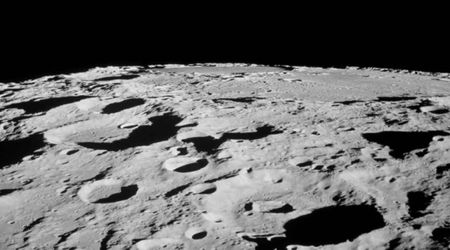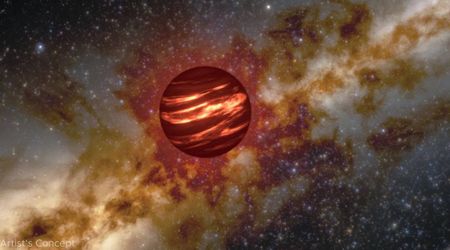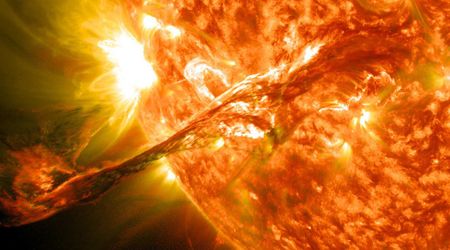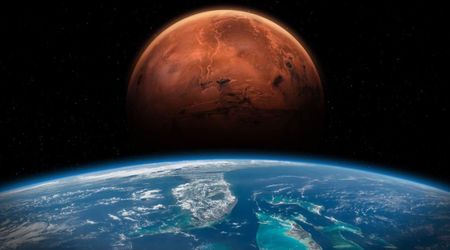NASA report detects first signs of non-gravitational acceleration in interstellar comet 3I/ATLAS near perihelion
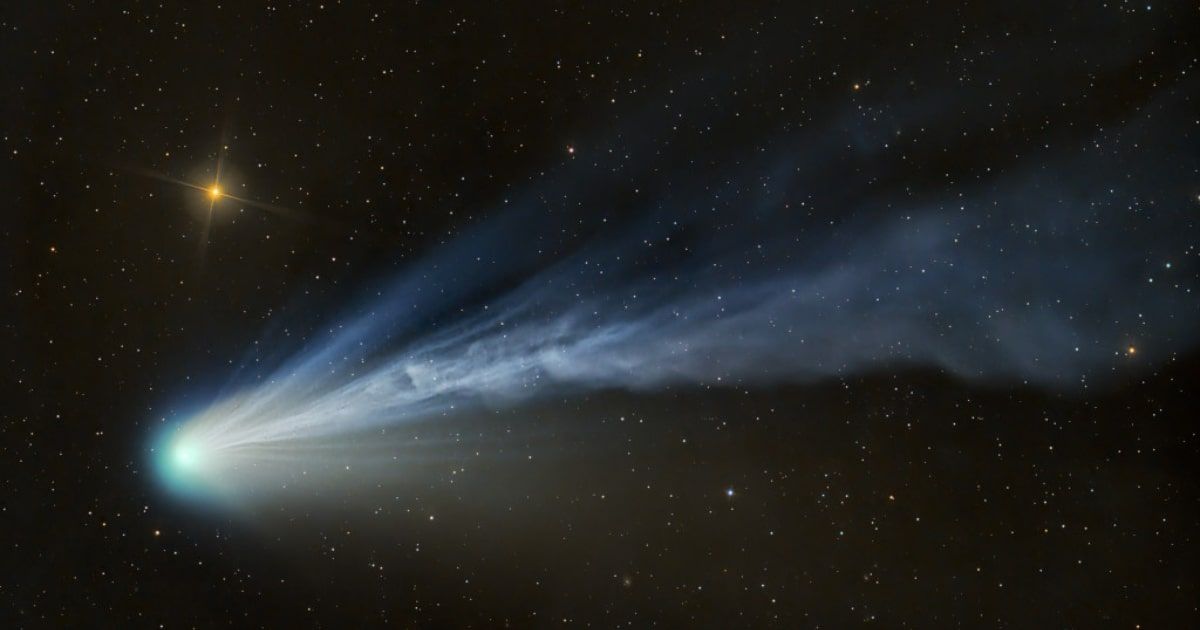
An unexpected shift in the flight path of interstellar comet 3I/ATLAS has been confirmed by a new NASA report, signaling the first-ever detection of non-gravitational acceleration in the object. The data, compiled by Jet Propulsion Laboratory navigation engineer Dr. Davide Farnoccia, revealed the phenomenon as the comet reached its closest point to the Sun, or perihelion, as reported by Avi Loeb on his Medium blog.
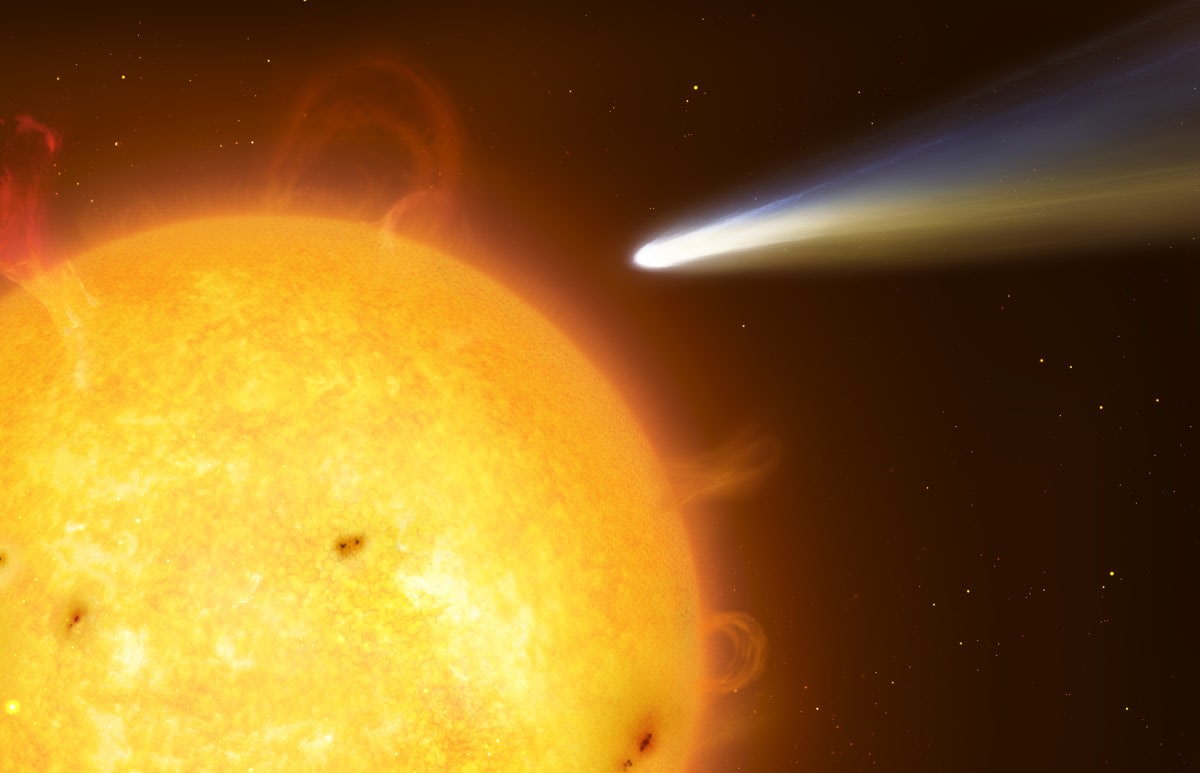
The acceleration was measured at 203 million kilometers from the Sun (1.36 astronomical units). Analysis shows the comet is being pushed in two distinct directions: a significant outward shove away from the Sun, measured at 135 kilometers per day squared (equivalent to 9x10^{-7} au per day squared), and a lesser, sideways force perpendicular to the Sun's direction, clocked at 60 kilometers per day squared (4x10^{-7} au per day squared).
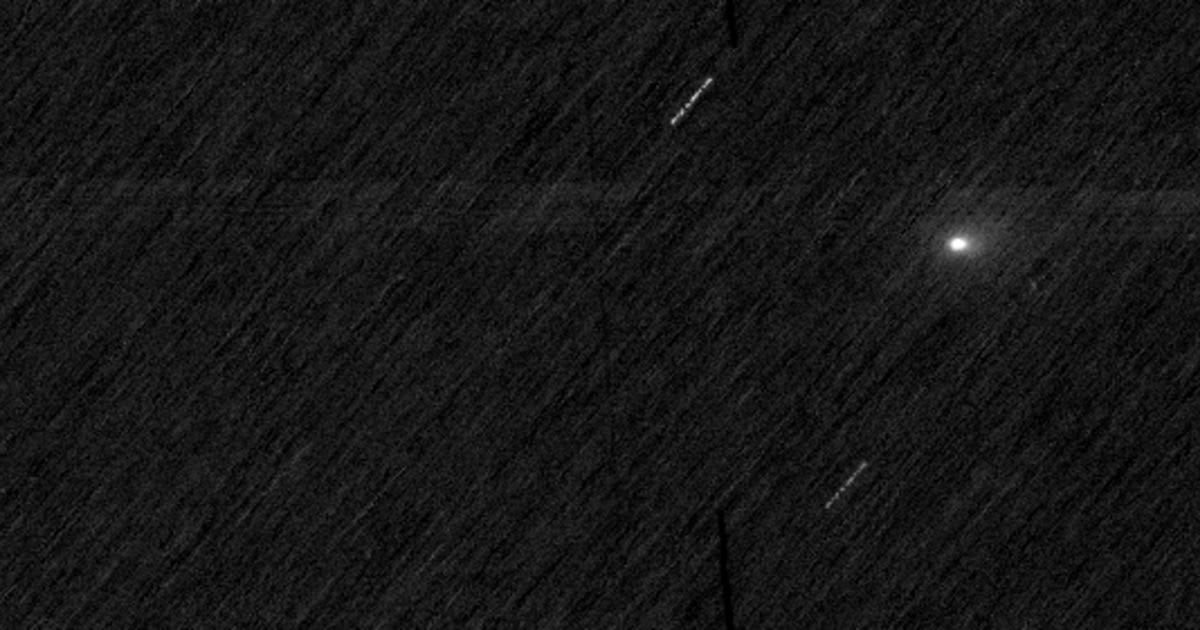
The sudden change in motion has prompted two competing hypotheses. The most conventional explanation is a powerful "rocket effect" driven by the rapid sublimation of volatile ices. If this mass ejection is propelling the comet, conservation of momentum suggests 3I/ATLAS could be shedding mass at an astonishing rate, losing half its total mass in just six months. This would mean that the comet may lose approximately one-tenth of its mass during its month-long passage through the inner solar system.
Such a massive loss of material should be visible as a colossal gas plume surrounding the comet. The European Space Agency's JUICE spacecraft is poised to be the first to observe this expected debris cloud in early November, with a subsequent opportunity for a multitude of ground and space-based telescopes, including Hubble and Webb, when the comet makes its closest approach to Earth on December 19, 2025.
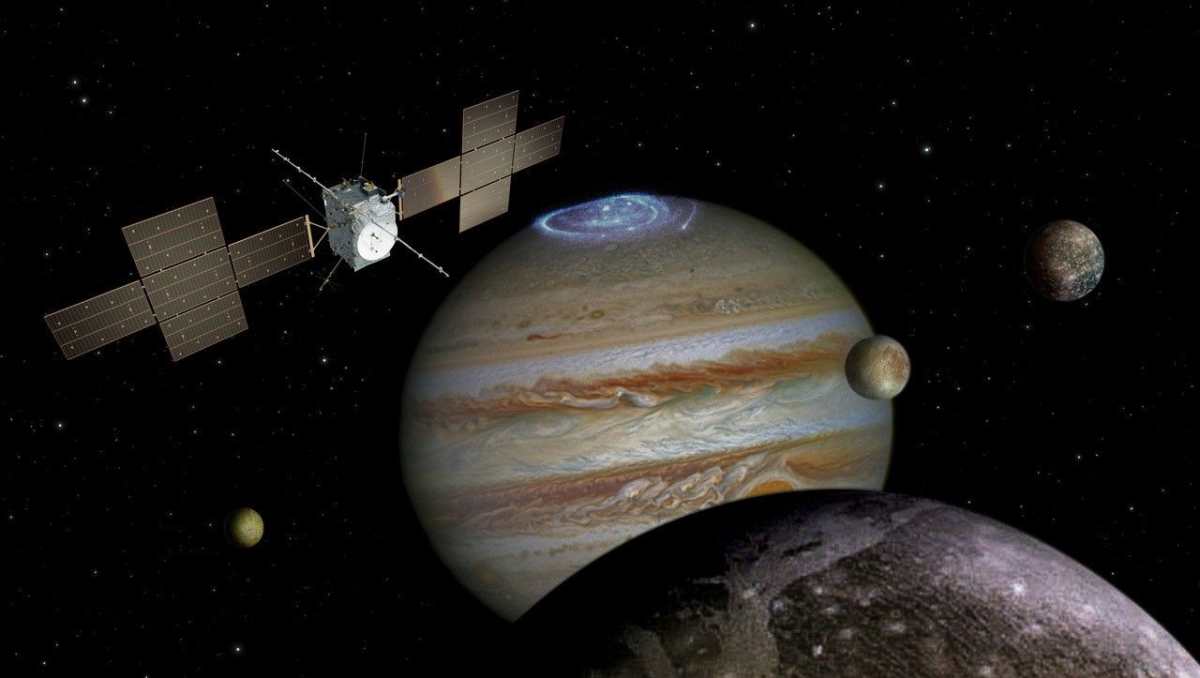
The mass-loss theory could also explain the comet's recent, dramatic surge in brightness documented by the STEREO, SOHO, and GOES-19 instruments in September and October 2025. Data indicates the comet's brightness is scaling sharply, inversely proportional to the Sun's distance to the power of -7.5 (±1). However, the non-gravitational acceleration is now being considered alongside other perplexing observations, including the comet's bizarre "bluer-than-the-Sun" appearance at perihelion.
The comet’s recent visual data has introduced yet another deep puzzle: its appearance is demonstrably bluer than the Sun. This finding is highly unexpected for a natural comet. According to Loeb's Medium blog, the object’s surface, which is roughly an order of magnitude colder than the 5,800 Kelvin of the solar photosphere, should cause it to exhibit a redder color. Furthermore, any scattered sunlight from ejected dust particles would also naturally skew toward the red end of the spectrum. This blue coloration at perihelion has now been officially added as the ninth anomaly in the growing list of this interstellar object's unexpected properties.


